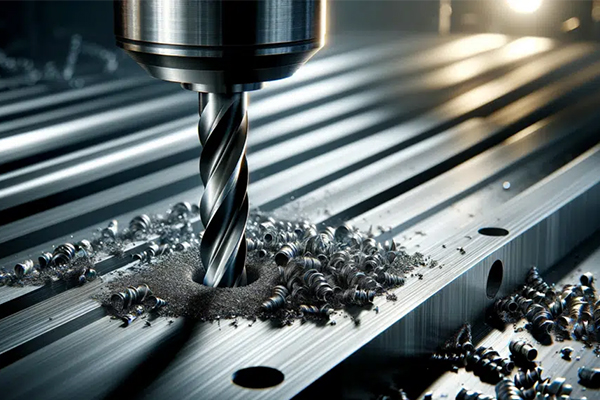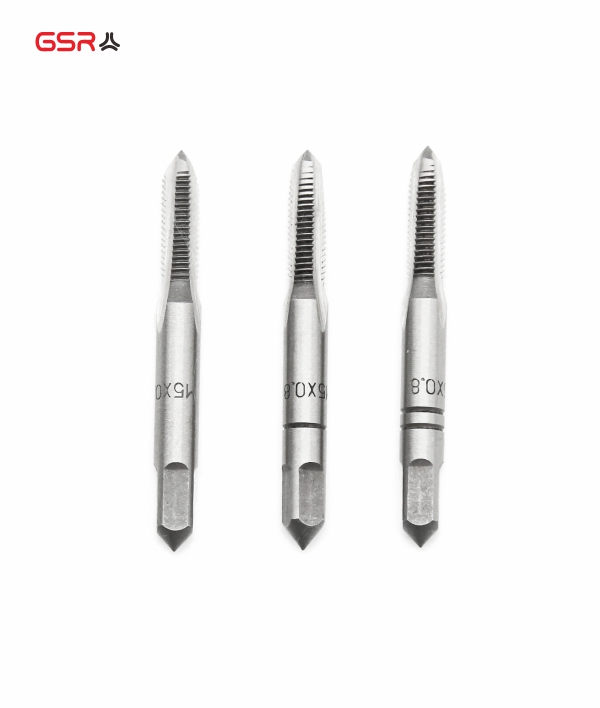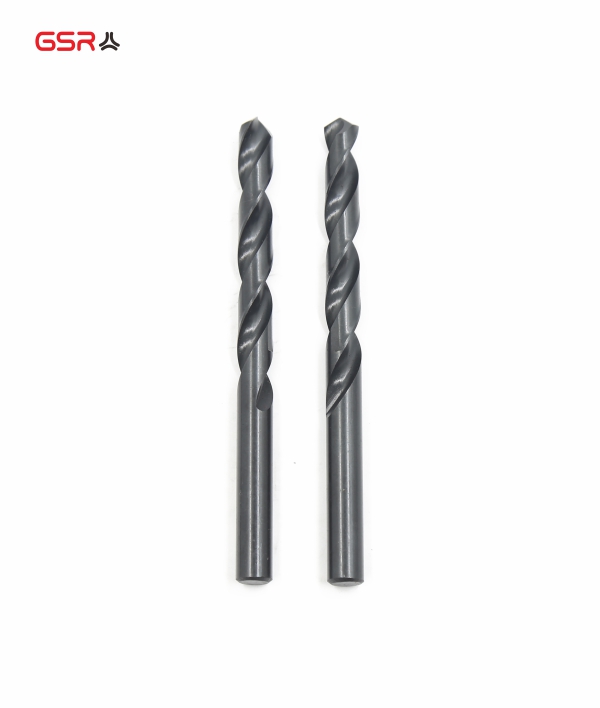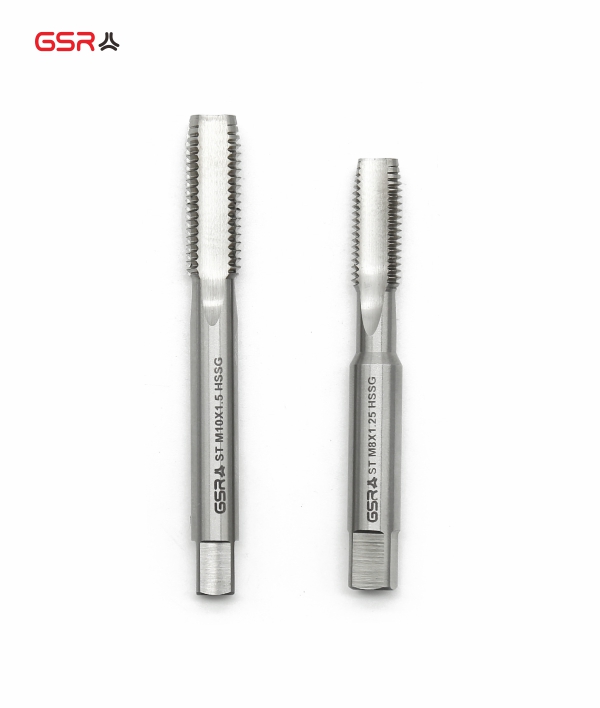How to drill holes in stainless steel
How to drill holes in stainless steel and which twist drill should be used
Before we get into the properties of twist drills, we first need to figure out what stainless steel is.
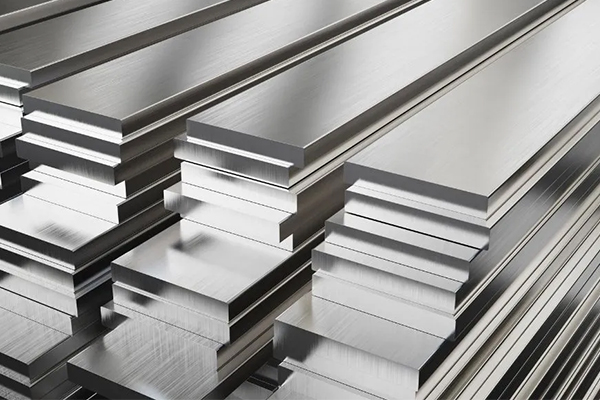
Stainless steel is a metallic material characterised by its exceptional purity. Generally there are alloyed and non-alloyed steels.
In stainless steel, in addition to iron, alloying elements such as titanium, niobium or chromium must be added. Chromium (Cr), which provides the corrosion resistance of stainless steel, should be present at a minimum level of 12 per cent, with a very low carbon content. Chromium forms a film on the surface of the material that permanently protects it from water and moisture.
Properties of stainless steel:
durable
high durability
stainless
corrosion resistance
heat resistance
conductivity
hard cutting
weldability
Low Maintenance
100 per cent recyclable
What characteristics should a twist drill have to cut stainless steel? In order to obtain good results, the following criteria must be met:
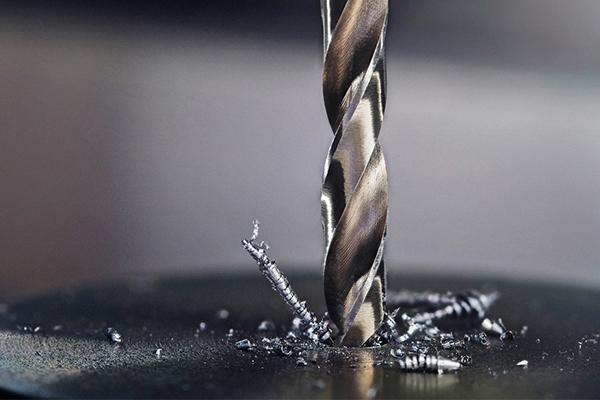
Tool Steel
Stainless steel is a very hard material and therefore difficult to cut. The tool steel for twist drills should be HSS - Co5 (5% cobalt), HSS - Co8 (8% cobalt) or carbide. Tool steel that is too soft will immediately overheat. For this reason, you need H-type twist drills. The different features of twist drills are combined to optimise them for specific applications
HSS-Co or carbide tool steels have a higher fracture sensitivity than normal HSS. However, you can avoid this with the right application (correct speed, feed and cooling)
In general, the higher the cobalt content, the harder and therefore more brittle the drill bit. Due to the fracture sensitivity of hard tool steels, it is preferable to use HSS drills for soft materials.
Point Angle
For hard materials to be machined, such as stainless steel, the angle should be larger, e.g. 130° or 135°. For soft materials to be machined, use an angle such as 118°.
With a larger point angle, the cutting edge engages more with the workpiece when drilling. This also means that more force is applied to the workpiece and higher contact pressures (high feed) are necessary.
Helix Angle
The helix angle determines the process of chip formation. Small helix angles are used for hard materials to be machined where short chips are formed.
The helix angle of the drill body and the point angle are decisive factors for applications in hard or soft materials.
Coating
Twist drills made from HSS - Co5, HSS - Co8 or carbide do not require coating. Coated drills are suitable for fast machining (high cutting speeds), high feeds and in applications where temperatures rise.
If you want to improve the performance, such as increasing tool life, then the coating should at least be a TiAlN coating, as it has high heat resistance. Under certain conditions (e.g. type of stainless steel, point angle, helix angle, etc.) you can also use titanium coated HSS drills. There are some stainless steels that are easy to cut and can also be drilled with coated HSS drills as well.
When drilling, the following suggestions should be followed.
1. Cooling
2. Right Drilling Speed
3. New drill
4. The workpiece should be fixed
5. No protective gloves
6. Put on your goggles.
If you find the right twist drill and follow these instructions, then you'll get a great hole in stainless steel!
